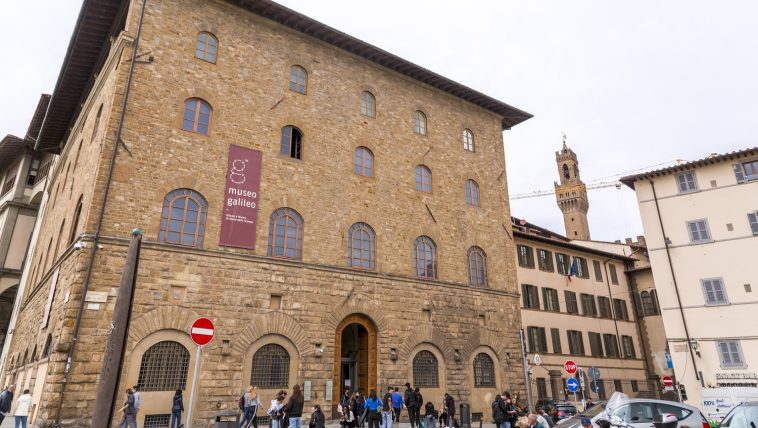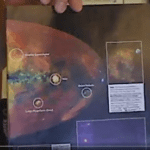[Originally published in 2016 as Galileo and his Thermometer]
 My wife and I were recently in Italy, and I was really inspired by some of the things I saw. The art and history are amazing, but for me, one of the major highlights of this visit to Italy was seeing the Galileo Museum. It is filled with scientific instruments and lecture demonstration equipment from the past, and seeing those things helped me to understand the sheer genius of the natural philosophers (scientists) who learned an enormous amount about Creation without the help of fancy, technological gadgets. Instead, they relied on their creativity and their physical insight.
My wife and I were recently in Italy, and I was really inspired by some of the things I saw. The art and history are amazing, but for me, one of the major highlights of this visit to Italy was seeing the Galileo Museum. It is filled with scientific instruments and lecture demonstration equipment from the past, and seeing those things helped me to understand the sheer genius of the natural philosophers (scientists) who learned an enormous amount about Creation without the help of fancy, technological gadgets. Instead, they relied on their creativity and their physical insight.
Consider, for example, the glass piece pictured on the left.
It consists of a small vessel, a long, narrow tube rising up from the vessel, and a small bulb at the top of the tube. Believe it or not, that’s a thermometer.
Actually, it is more properly called a “thermoscope,” and the first one was designed by Galileo (with the help of some other natural philosophers) in 1593.¹ Until that time, it was difficult to make any systematic measurement of temperature. People could tell whether it was hot, warm, cool, or cold, of course, but they couldn’t make precise measurements of how hot, warm, cool, or cold it was.
How it Works
In the late 1500s, Galileo came up with an ingenious solution. He understood that air expanded when it was warmed and contracted when it was cooled. He decided to use that fact to get an accurate measurement of the change in temperature. He designed a device similar to the one above, in which water filled the bottom vessel and ran partway up the thin tube. When the surroundings warmed up, the air above the water (in the tube and in the bulb at the top) expanded, and that pushed the water down the tube. When the surroundings cooled, the air above the water contracted, and that pulled water up the tube.
In other words, the higher the water climbed in the tube, the lower the temperature.
By making tiny marks on the side of the tube (shown in the right-hand portion of the picture above, he could assign a number to the water’s height. This allowed him to accurately measure changes in temperature. In my elementary science book, Science in the Scientific Revolution, I have students make a very simple version of Galileo’s thermometer with water, a glass, and a plastic bottle.
 A major drawback of Galileo’s thermometer is that it must be very tall to measure large changes in temperature. While at the Galileo museum, however, I saw a clever way of getting around that problem, which is shown in the picture on the right. Instead of a tall, straight tube, this thermometer’s tube is a spiral. That way, the water still can travel a long distance through the tube, but the device isn’t absurdly tall. As soon as I saw this device, I thought, “Of course. What an ingenious way of getting around the height problem.”
A major drawback of Galileo’s thermometer is that it must be very tall to measure large changes in temperature. While at the Galileo museum, however, I saw a clever way of getting around that problem, which is shown in the picture on the right. Instead of a tall, straight tube, this thermometer’s tube is a spiral. That way, the water still can travel a long distance through the tube, but the device isn’t absurdly tall. As soon as I saw this device, I thought, “Of course. What an ingenious way of getting around the height problem.”
Despite the fact that I understood exactly how this variation on Galileo’s thermometer would work and why it was superior to the original design, I doubt that I would have ever come up with it on my own. I’m simply not that clever. However, Galileo and the natural philosophers of his day were. The more I learn about people like Galileo, the more I appreciate how intelligent the great thinkers of the past were. Contrary to popular belief, I think it’s possible that they were actually smarter than we are today.
Note:
- There is also a device like this one that is often called a “Galileo thermometer,” but Galileo had nothing to do with its design.






